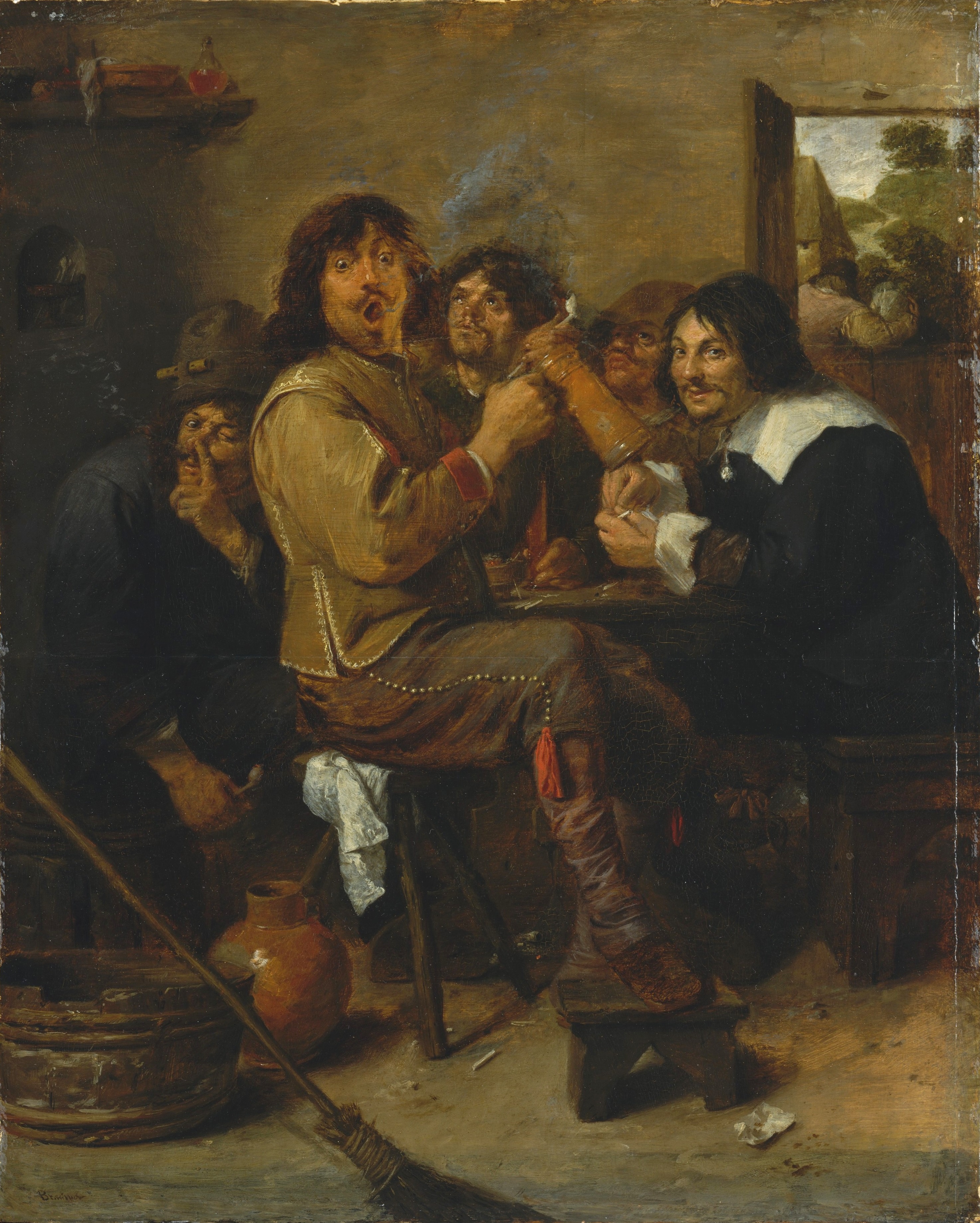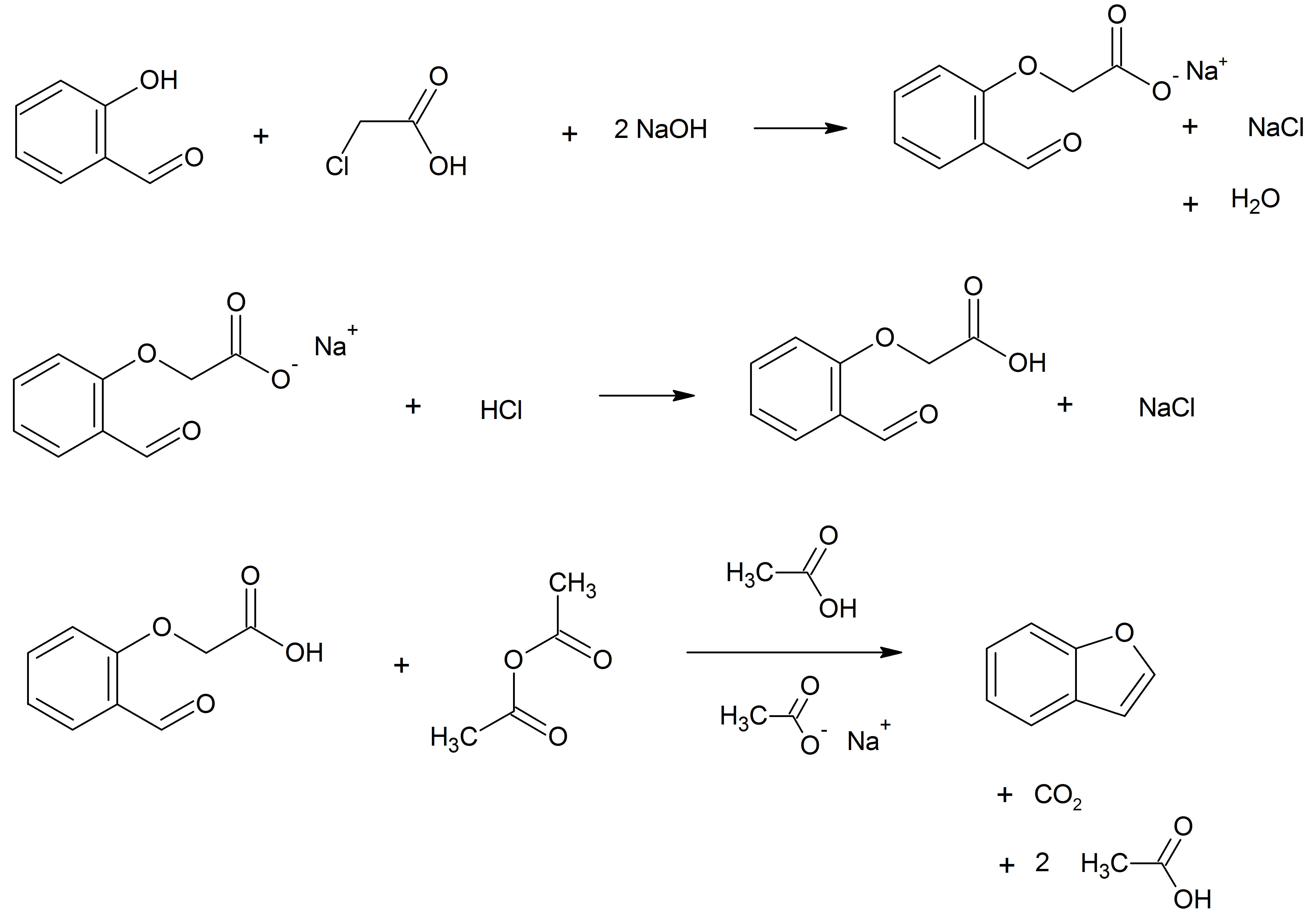|
5-MeO-BFE
Dimemebfe (5-MeO-BFE) is a recreational drug and research chemical. It acts as an agonist for the 5-HT1A and 5-HT2 family of serotonin receptors. It is related in structure to the psychedelic tryptamine derivative 5-MeO-DMT, but with the indole nitrogen replaced by oxygen, making dimemebfe a benzofuran derivative. It is several times less potent as a serotonin agonist than 5-MeO-DMT and with relatively more activity at 5-HT1A, but still shows strongest effects at the 5-HT2 family of receptors. Legal status Dimemebfe is a Schedule I controlled substance in the US state of Alabama. See also * 5-MeO-DiBF 5-MeO-DiBF is a psychedelic that has been sold online as a designer drug and was first definitively identified in December 2015 by a forensic laboratory in Slovenia. It is thought to act as an agonist for the 5-HT1A and 5-HT2 family of seroto ... * C-DMT * 5-APB References Benzofuranethanamines Designer drugs Serotonin receptor agonists Benzofuran ethers ... [...More Info...] [...Related Items...] OR: [Wikipedia] [Google] [Baidu] |
5-MeO-DiBF
5-MeO-DiBF is a psychedelic that has been sold online as a designer drug and was first definitively identified in December 2015 by a forensic laboratory in Slovenia. It is thought to act as an agonist for the 5-HT1A and 5-HT2 family of serotonin receptors. It is related in structure to the psychedelic tryptamine derivative 5-MeO-DiPT, but with the indole nitrogen replaced by oxygen, making 5-MeO-DiBF a benzofuran derivative. It is several times less potent as a serotonin agonist than 5-MeO-DiPT and with relatively more activity at 5-HT1A, but still shows strongest effects at the 5-HT2 family of receptors. Legal status 5-MeO-DiBF is not controlled under the 1971 Convention on Psychotropic Substances, so thus it has a legal grey area in many countries A country is a distinct part of the Earth, world, such as a state (polity), state, nation, or other polity, political entity. When referring to a specific polity, the term "country" may refer to a sovereign state, Lis ... [...More Info...] [...Related Items...] OR: [Wikipedia] [Google] [Baidu] |
Recreational Drug
Recreational drug use is the use of one or more psychoactive drugs to induce an altered state of consciousness, either for pleasure or for some other casual purpose or pastime. When a psychoactive drug enters the user's body, it induces an Substance intoxication, intoxicating effect. Recreational drugs are commonly divided into three categories: depressants (drugs that induce a feeling of relaxation and calmness), stimulants (drugs that induce a sense of energy and alertness), and hallucinogens (drugs that induce perceptual distortions such as hallucination). In popular practice, recreational drug use is generally tolerated as a social behaviour, rather than perceived as the medical condition of self-medication. However, drug use and drug addiction are Social stigma, severely stigmatized everywhere in the world. Many people also use prescribed and controlled depressants such as opioids, opiates, and benzodiazepines. What controlled substances are considered generally unlawful t ... [...More Info...] [...Related Items...] OR: [Wikipedia] [Google] [Baidu] |
Bioisostere
In medicinal chemistry, bioisosteres are chemical substituents or groups with similar physical or chemical properties which produce broadly similar biological properties in the same chemical compound. In drug design, the purpose of exchanging one bioisostere for another is to enhance the desired biological or physical properties of a compound without making significant changes in chemical structure. The main use of this term and its techniques are related to pharmaceutical sciences. Bioisosterism is used to reduce toxicity, change bioavailability, or modify the activity of the lead compound, and may alter the metabolism of the lead. Examples Classical bioisosteres Classical bioisosterism was originally formulated by James Moir and refined by Irving Langmuir as a response to the observation that different atoms with the same valence electron structure had similar biological properties. For example, the replacement of a hydrogen atom with a fluorine atom at a site of metaboli ... [...More Info...] [...Related Items...] OR: [Wikipedia] [Google] [Baidu] |
Designer Drugs
A designer drug is a structural or functional analog of a controlled substance that has been designed to mimic the pharmacological effects of the original drug, while avoiding classification as illegal and/or detection in standard drug tests. Designer drugs include psychoactive substances that have been designated by the European Union, Australia, and New Zealand, as new psychoactive substances (NPS) as well as analogs of performance-enhancing drugs such as designer steroids. Some of these designer drugs were originally synthesized by academic or industrial researchers in an effort to discover more potent derivatives with fewer side effects and shorter duration (and possibly also because it is easier to apply for patents for new molecules) and were later co-opted for recreational use. Other designer drugs were prepared for the first time in clandestine laboratories. Because the efficacy and safety of these substances have not been thoroughly evaluated in animal and human tr ... [...More Info...] [...Related Items...] OR: [Wikipedia] [Google] [Baidu] |
5-APB
5-APB (abbreviation of "5-(2-aminopropyl)benzofuran") is an empathogenic psychoactive compound of the phenethylamine, amphetamine, and benzofuran families. The drug and other compounds have sometimes been informally called "Benzofury". 5-APB has been sold as a designer drug since 2010. Effects Users describe the effects of 5-APB as including euphoria among others. Largely, its effects reported were similar to those of the drug MDMA but not as strong. The drug has been reported to produce visual disturbances and is said to have mild psychedelic effects. Recreational use of 5-APB has been associated with death in combination with other drugs and solely as the result of 5-APB. Pharmacology 5-APB acts as a serotonin–norepinephrine–dopamine releasing agent (SNDRA), with values for monoamine release of 19nM for serotonin, 21nM for norepinephrine, and 31nM for dopamine in rat brain synaptosomes. It is also a serotonin–norepinephrine–dopamine reuptake inhibitor (SNDRI). ... [...More Info...] [...Related Items...] OR: [Wikipedia] [Google] [Baidu] |
C-DMT
C-DMT, also known as ''N'',''N''-dimethyl-2-(3''H''-inden-1-yl)ethylamine, is a serotonin receptor agonist and a 3- indenyl ethylamine derivative. It is an analogue and bioisostere of the tryptamine psychedelic ''N'',''N''-dimethyltryptamine (DMT) in which the indole ring has been replaced with an indene ring. Put another way, the nitrogen atom in the indole ring of DMT has been replaced with a carbon atom to make an indene ring. The drug shows similar affinity for and potency in activating the serotonin receptors in the rat fundus strip compared to DMT. These findings suggest that the indole-ring nitrogen atom of tryptamines is not essential for serotonergic activity. On the other hand however, C-DMT showed dramatically lower affinities for the serotonin 5-HT1E and 5-HT1F receptors compared to DMT (8- and 65-fold, respectively). The effects of C-DMT in animals and humans, and whether it produces hallucinogenic effects, do not appear to be known. See also * isoDMT * ... [...More Info...] [...Related Items...] OR: [Wikipedia] [Google] [Baidu] |
Controlled Substances Act
The Controlled Substances Act (CSA) is the statute establishing federal government of the United States, federal drug policy of the United States, U.S. drug policy under which the manufacture, importation, possession, use, and distribution of certain substances is regulated. It was passed by the 91st United States Congress as Title II of the Comprehensive Drug Abuse Prevention and Control Act of 1970 and signed into law by President Richard Nixon. The Act also served as the national implementing legislation for the Single Convention on Narcotic Drugs. The legislation created five schedules (classifications), with varying qualifications for a substance to be included in each. Two federal agencies, the Drug Enforcement Administration (DEA) and the Food and Drug Administration (FDA), determine which substances are added to or removed from the various schedules, although the statute passed by Congress created the initial listing. Congress has sometimes scheduled other substances t ... [...More Info...] [...Related Items...] OR: [Wikipedia] [Google] [Baidu] |
Serotonin Agonist
A serotonin receptor agonist is an agonist of one or more serotonin receptors. They activate serotonin receptors in a manner similar to that of serotonin (5-hydroxytryptamine; 5-HT), a neurotransmitter and hormone and the endogenous ligand of the serotonin receptors. Non-selective agonists Serotonergic psychedelics such as tryptamines (e.g., psilocybin, psilocin, , 5-MeO-DMT, bufotenin), lysergamides (e.g., , ergine ()), phenethylamines (e.g., mescaline, 2C-B, 25I-NBOMe), and amphetamines (e.g., , ) are non-selective agonists of serotonin receptors. Their hallucinogenic effects are specifically mediated by activation of the 5-HT2A receptor. Drugs that increase extracellular serotonin levels such as serotonin reuptake inhibitors (e.g., fluoxetine, venlafaxine), serotonin releasing agents (e.g., fenfluramine, ), and monoamine oxidase inhibitors (e.g., phenelzine, moclobemide) are indirect non-selective serotonin receptor agonists. They are used variously as antidepressants, ... [...More Info...] [...Related Items...] OR: [Wikipedia] [Google] [Baidu] |
Benzofuran
Benzofuran is the heterocyclic compound consisting of fused benzene and furan rings. This colourless liquid is a component of coal tar. Benzofuran is the structural nucleus (parent compound) of many related compounds with more complex structures. For example, psoralen is a benzofuran derivative that occurs in several plants. Production Benzofuran is extracted from coal tar. It is also obtained by dehydrogenation of 2-ethyl phenol. Laboratory methods Benzofurans can be prepared by various methods in the laboratory. Notable examples include: *''O''-alkylation of salicylaldehyde with chloroacetic acid followed by dehydration (cyclication) of the resulting ether and decarboxylation. * Perkin rearrangement, where a coumarin is reacted with a hydroxide: : * Diels–Alder reaction of nitro vinyl furans with various dienophiles: : * Cycloisomerization of alkyne ortho-substituted phenols: : Related compounds * Substituted benzofurans * Dibenzofuran, an analog w ... [...More Info...] [...Related Items...] OR: [Wikipedia] [Google] [Baidu] |
Indole
Indole is an organic compound with the formula . Indole is classified as an aromatic heterocycle. It has a bicyclic structure, consisting of a six-membered benzene ring fused to a five-membered pyrrole ring. Indoles are derivatives of indole where one or more of the hydrogen atoms have been replaced by substituent groups. Indoles are widely distributed in nature, most notably as amino acid tryptophan and neurotransmitter serotonin. General properties and occurrence Indole is a solid at room temperature. It occurs naturally in human feces and has an intense fecal odor. At very low concentrations, however, it has a flowery smell, and is a constituent of many perfumes. It also occurs in coal tar. It has been identified in cannabis. It is the main volatile compound in stinky tofu. When indole is a substituent on a larger molecule, it is called an ''indolyl group'' by systematic nomenclature. Indole undergoes electrophilic substitution, mainly at position 3 (see diagram in ... [...More Info...] [...Related Items...] OR: [Wikipedia] [Google] [Baidu] |
Research Chemical
Research chemicals are chemical substances which scientists use for medical and scientific research purposes. One characteristic of a research chemical is that it is for laboratory research use only; a research chemical is not intended for human or veterinary use. In the United States, this distinction is required on the labels of research chemicals and exempts them from regulation under parts 100-740 in Title 21 of the Code of Federal Regulations ( 21CFR). Background Agricultural research chemicals Research agrochemicals are created and evaluated to select effective substances for commercial off-the-shelf end-user products. Many research agrochemicals are never publicly marketed. Agricultural research chemicals often use sequential code name A code name, codename, call sign, or cryptonym is a code word or name used, sometimes clandestinely, to refer to another name, word, project, or person. Code names are often used for military purposes, or in espionage. They may also be ... [...More Info...] [...Related Items...] OR: [Wikipedia] [Google] [Baidu] |




